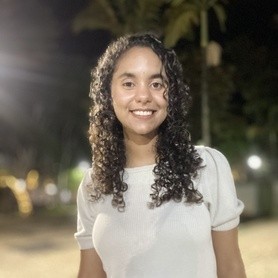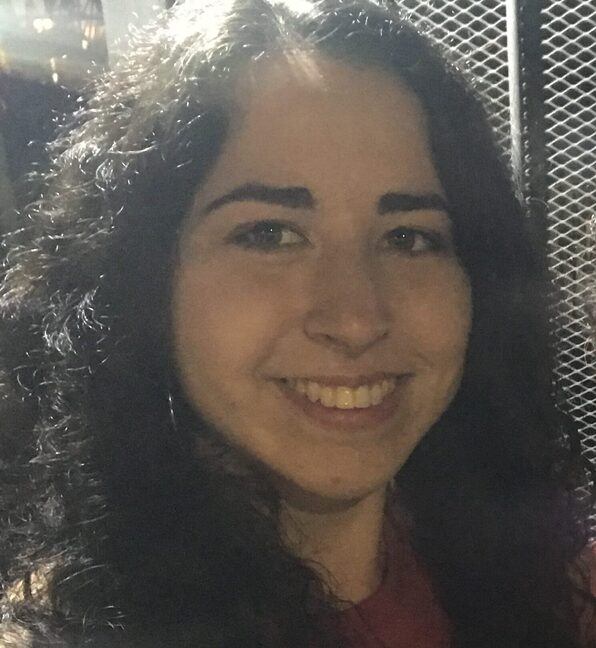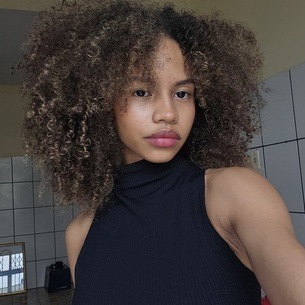Prefeitura de Cocal do Sul 2022
O texto seguinte servirá de base para responder às questões de 11 a 17. ,
Ankara's rich legacy is showcased in its various museums and historic buildings
(1º§) As a proud Hyderabadi, I can claim a long-standing kinship with Turkiye. The Turkish Princess Durru Shehvar (daughter of the last Ottoman Caliph) was married to the not-so-illustrious son of our famously rich last Nizam, Mir Osman Ali Khan. Her beauty eclipsed our city's glory and she left a lasting impression of her celebrated sophistication on Hyderabad's aristocracy. Later, her son Prince Mukarram Jah married a few Turkish beauties and they all grace our city off and on. So when you say Turkiye, we smile smugly and announce, "Woh hamare rishtedar hain! (Meaning "They are our relatives!").
(2º§) Turkiye's capital Ankara grows on you, slowly. It may not impress you with its stern, steppe landscape but Ankara, an epitome of Turkiye's ancient history and rich heritage, wins you ___ with its quiet charm. A major stop along the Silk Road between East and West, this is where the ancient Hittite Empire emerged and the Turkish War of Independence was strategized.
(3º§) When Turkey became a Republic in 1923, Ankara developed swiftly as the capital city and today it is the second biggest metro in Türkiye. Ankara's rich legacy is showcased ___ its various museums and historic buildings.
(4º§) Statues of brightly painted Angora goats greet me as I climb the ascent to the Ankara State Museum of Painting and Sculpture. They are so cute that I can't resist posing with them! Heard of Angora wool? That is obtained from Angora rabbits. These indigenous Angora goats provide Mohair wool that dyes well, feels warm in winter, and cool in summer, is durable, naturally elastic, flame and crease-resistant, and can be classified as luxury fibre like its rich cousins such as Cashmere, Angora, and silk, and can be more pricey than most sheep's wool. With so many qualifications, the angora goats certainly deserve to be where they are prettily painted and placed ___ the entrance to welcome the visitors!
(5º§) The displays in the museum include paintings, sculptures, ceramics, and Turkish decorative art from the last period of the Ottoman Empire to the present. I am pleasantly surprised to see a painting by the last Ottoman Caliph, Abdulmecid II (father of our Princess Durru Shahver), who was an artist of note. It depicts his Circassian wife reading Goethe. I quickly pose with the masterpiece (to boast about it back home!).
(6º§) On the same premises is the Ethnography Museum, another imposing building with elegant interiors. Inside, I see a lady silently and diligently working on the restoration of a wooden engraved wall. The exhibits reflect the cultures of various Turkish civilizations: folk costumes, ornaments, shoes, clogs, socks, pouches, laces, napkins, bedspreads, bridal dresses, groom's shaving sets, Mamluk cauldrons are all part of old traditional Turkish art. I see beautiful examples of Turkish woodcarving: a 12th century Mihrab, a 13th century throne, and a 14th century sarcophagus besides Ottoman calligraphy, tile, glass, metal and wooden artefacts. There is a specialized library on Anatolian ethnography and folklore containing artefacts related to the history of art.
(7º§) A stately bronze statue of Atatürk on the horse in front of the museum commands my attention. The much-revered leader's presence can be felt throughout Ankara, for his dynamic leadership coupled with bold decisions placed Turkiye where it is now.
(8º§) Extensive and unique collections of stunning relics from Anatolia's significant archaeological sites impress me at The Anatolian Civilizations Museum. They are placed in chronological order starting with the Paleolithic era and continuing through the Neolithic, Early Bronze, Assyrian trading colonies, Hittite, Phrygian, Urartian, Greek, Hellenistic, Roman, Eastern Roman, Selçuk, and Ottoman periods. The 3,000-year-old writing table of King Midas, which was found in Ulus, the letter written by the Egyptian Queen to the Hittite King in 1235 BCE, the first map of the world, the drawing of Mount Hasan and the world's oldest mirror made of Obsidian (volcanic glass), found in 6000 BCE, Paleolithic bone fragments and primitive stone tools, Neolithic mother goddess statues, Hittite stag sculptures and Roman coins. The remains of a 9.8 million-year-old monkey discovered here, named Ankarapithecus after the city testifies to the region's importance since prehistoric times.
(9º§) The Second Parliament or The Republic Museum with its stunning interiors is full of Ataturk's memories: his typewriter, his glasses, his cigarette cases, his pens and other personal belongings etc. The dynamic leader had a style of his own!
(10º§) Ulucanlar Prison Museum is a dark and solemn prison that "hosted" many prominent Turkish politicians and authors across 81 years, now serves as a museum where their detailed biographies, photographs etc. are exhibited. If you have a fetish for prisons and want to have a peek, you can walk through the intimidating corridors watching videos of digital art; but you can't peep through the impregnable windows. They have layered thick iron curtains in the form of grills and shutters. For a real feeling of being imprisoned, you can briefly visit and safely come out to breathe the sweet air of freedom!
(11º§) As opposed to the modern office buildings, trendy boutiques and cafés of contemporary Ankara, the older part of the city, Ulus has a quaint charm. Dating back to the seventh-century Byzantine age and overbuilt on 3,000-year-old Hittite ruins, is the imposing pentagon-shaped Citadel. Incorporated into its inner and outer rampart walls, I see stones with traces of Greek and Roman script that indicate the fortification may have been built in haste ten centuries ago to protect the city against Arab invaders.
(12º§) Originally built as a garrison, the Ankara Castle is said to have hosted several civilizations throughout history. It is home to several museums, mosques, and other historical sights: most of the old Ankara houses located in the inner castle walls have been converted into restaurants and gift shops. I find a lone musician singing while strumming a traditional musical instrument. His sonorous music echoes in the tall ramparts of the citadel. A buxom lady selling pretty lace items and costume jewellery does brisk business with her glib talk while a teenager with a shy, endearing smile sells Macun, a soft, sweet and colourful Turkish toffee paste - a popular street food prepared with many herbs and spices.
(13º§) As I climb the ascent, I see many souvenir shops. Beautiful ceramic pottery, dainty porcelain and the ubiquitous blue evil-eye amulets of all sizes greet me. I buy coasters, teal blue porcelain bowls, a turquoise blue bracelet, and a pretty lapis lazuli pendant from different shops and pay in American dollars.
(14º§) They are all equipped with calculators and give a fair rate. The 3rd-century Roman Baths take me back many centuries and I marvel at their imagination, intelligence and engineering skills. The ruins of the ancient bath complex form a mound, with the Roman Age being at the top and the remains of the Phrygian Period settlement underneath. Since the remains under the mound are very well preserved, the plan of the building shows that it was built to imperial standards rather than a small-town city bath. As I go around the vast ruined complex, I imagine hot steam enveloping me...the way they planned the heating of water and the distribution is simply amazing!
(adapted) a--a-reeasue-toove-of-prcceessheeeiagge veller/explore/story/72557/ankara-a-treasure-trove-of-priceless-heritage
"[...] most of the old Ankara houses located in the inner castle walls have been converted into restaurants and gift shops." (12º§)
What is the verb tense of the bolded passage?
Past Perfect Tense in the Passive Voice.
Present Perfect Tense in the Passive Voice.
Simple Present in the Active Voice.
Simple Past in the Active Voice.
Present Perfect Tense in the Active Voice.
E mais: nota TRI a todo o momento.





